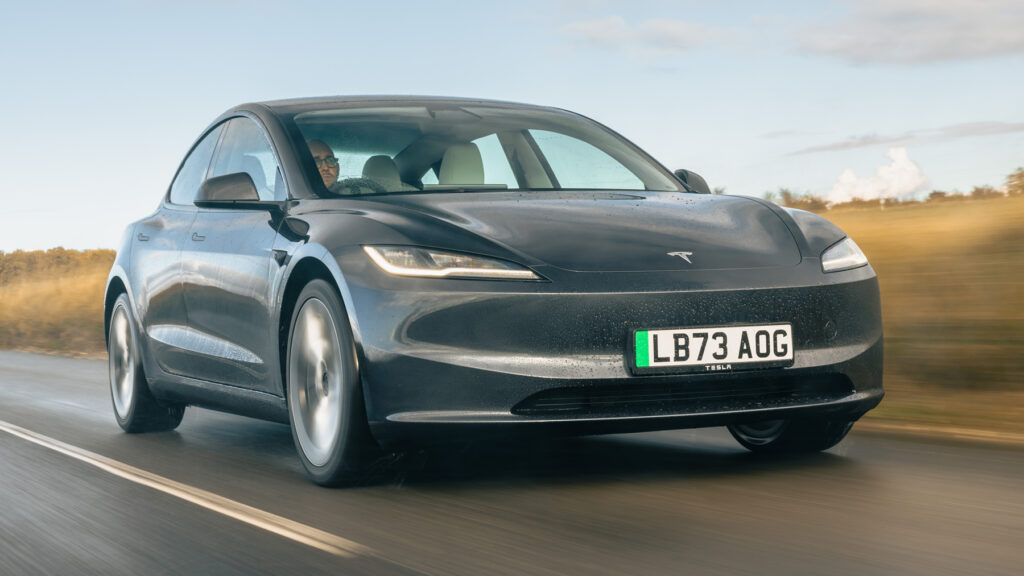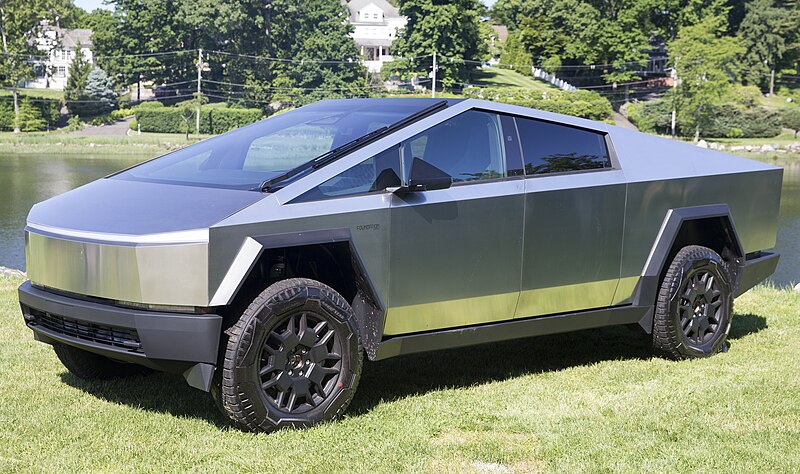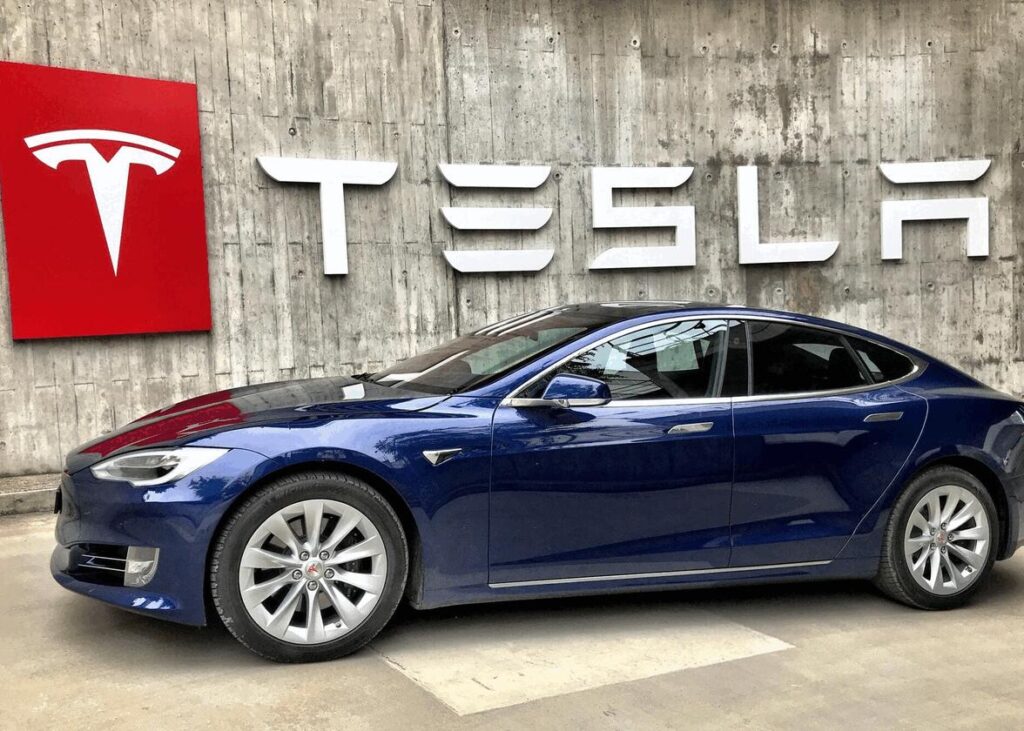Tesla’s Blueprint for Disruption: Lessons from Its Rise in a Fossil Fuel-Dominated Industry

Tesla’s Blueprint for Disruption: Lessons from Its Rise in a Fossil Fuel-Dominated Industry. Tesla’s rise from a niche electric vehicle startup to a major automotive player is a testament to innovation, resilience, and strategic execution. Breaking into an industry long dominated by gasoline-powered vehicles was no easy feat, but Tesla proved that electric cars could be both practical and high-performance. By consistently pushing the boundaries of technology and business strategy, the company has redefined what is possible in the automotive sector. Here are key lessons entrepreneurs can learn from Tesla’s remarkable journey.
Challenging Industry Norms with Innovation
In 2008, Tesla launched the Roadster, a groundbreaking electric sports car that challenged conventional wisdom about EVs. At the time, electric vehicles were widely perceived as slow, limited in range, and impractical for everyday use. However, the Roadster demonstrated that an electric car could travel over 200 miles on a single charge while delivering impressive acceleration. By proving that EVs could compete with traditional sports cars, Tesla disrupted industry norms and laid the foundation for future growth. Entrepreneurs can learn the power of innovation in challenging outdated perceptions and creating new market opportunities.

Visionary Leadership and Risk-Taking
Under the leadership of Elon Musk, Tesla made bold and unconventional moves that set it apart from traditional automakers. Instead of outsourcing production like many car companies, Tesla invested heavily in in-house manufacturing and battery technology. Additionally, the company adopted a direct-to-consumer sales model, bypassing traditional dealerships and allowing for greater control over pricing and customer experience. These decisions carried significant risks, but they also provided Tesla with a competitive advantage. Entrepreneurs should recognize that taking calculated risks and challenging industry norms can be key drivers of success.
Vertical Integration for Greater Control
Tesla’s approach to vertical integration has been a key factor in its success. Unlike most automakers that rely on third-party suppliers, Tesla took control of crucial aspects of production, including battery manufacturing through its Gigafactories. This strategy has helped the company reduce costs, improve efficiency, and scale production more effectively. By controlling more of its supply chain, Tesla has been able to innovate faster and adapt to market demands with greater agility. Entrepreneurs should consider how vertical integration can provide long-term benefits by enhancing quality control, reducing dependencies, and improving overall efficiency.
Building a Strong Brand and Community
Tesla has cultivated a highly dedicated customer base by focusing on technology, sustainability, and performance. The company’s ability to engage directly with consumers through social media and innovative marketing strategies has strengthened its brand loyalty. Unlike traditional automakers that rely heavily on advertising, Tesla has leveraged word-of-mouth marketing, social media buzz, and a strong mission-driven narrative to attract customers. Entrepreneurs should focus on building a brand that resonates with consumers and fosters a sense of community around their products or services.
Leveraging Technology for Competitive Advantage
One of Tesla’s most significant differentiators is its use of technology to enhance the user experience. The company pioneered over-the-air software updates, allowing vehicles to receive performance improvements and new features remotely. This approach keeps Tesla vehicles continuously updated and adds long-term value for owners. Additionally, Tesla’s advancements in autonomous driving technology through its Autopilot and Full Self-Driving systems showcase the company’s commitment to innovation. Entrepreneurs should explore how integrating technology into their business models can enhance customer satisfaction, increase product value, and maintain a competitive edge.

Overcoming Challenges with Resilience
Tesla has faced numerous challenges, including production delays, financial struggles, and skepticism from industry experts. The production ramp-up of the Model 3, for example, tested the company’s ability to scale while maintaining quality. At times, Tesla came close to financial collapse, but through persistence, problem-solving, and strategic pivots, it managed to overcome these obstacles. Entrepreneurs can learn the value of resilience in navigating setbacks and finding creative solutions to business challenges. Success often requires the ability to adapt, persevere, and continuously refine strategies in the face of adversity.
Expanding Market Reach Through Strategic Growth
Tesla initially focused on high-end, luxury electric cars but later expanded to more affordable models, such as the Model 3 and Model Y. This shift allowed the company to reach a broader customer base and significantly increase its market share. Additionally, Tesla invested in charging infrastructure by building the Supercharger network, reducing range anxiety and making EV ownership more convenient. These strategic moves contributed to the widespread adoption of electric vehicles. Entrepreneurs should consider how expanding product offerings and investing in infrastructure can help grow their businesses while maintaining long-term sustainability.
Sustainability as a Core Business Strategy
Tesla has positioned itself as a leader in sustainability by prioritizing electric vehicles and renewable energy solutions. The company’s mission to accelerate the transition to sustainable energy has resonated with consumers, investors, and governments worldwide. By integrating solar energy, battery storage, and electric transportation into its business model, Tesla has reinforced its commitment to a cleaner future. Entrepreneurs can benefit from incorporating sustainability into their business strategies, not only as a moral imperative but also as a competitive advantage in a market increasingly focused on environmental responsibility.
Key Takeaways for Entrepreneurs
- Challenge industry norms by introducing disruptive innovations that solve real-world problems.
- Take strategic risks that differentiate your business from competitors.
- Consider vertical integration to enhance quality control and operational efficiency.
- Build a strong brand and engage customers to foster loyalty and community.
- Use technology to enhance products and create long-term value for customers.
- Stay resilient in the face of challenges by adapting and problem-solving effectively.
- Expand strategically to increase market reach while maintaining quality and brand identity.
- Embrace sustainability as both a mission and a business strategy to drive long-term success.

Tesla’s rise highlights the power of innovation, adaptability, and strategic execution. By embracing these principles, entrepreneurs can build businesses that not only succeed but also redefine industries and drive meaningful change.


